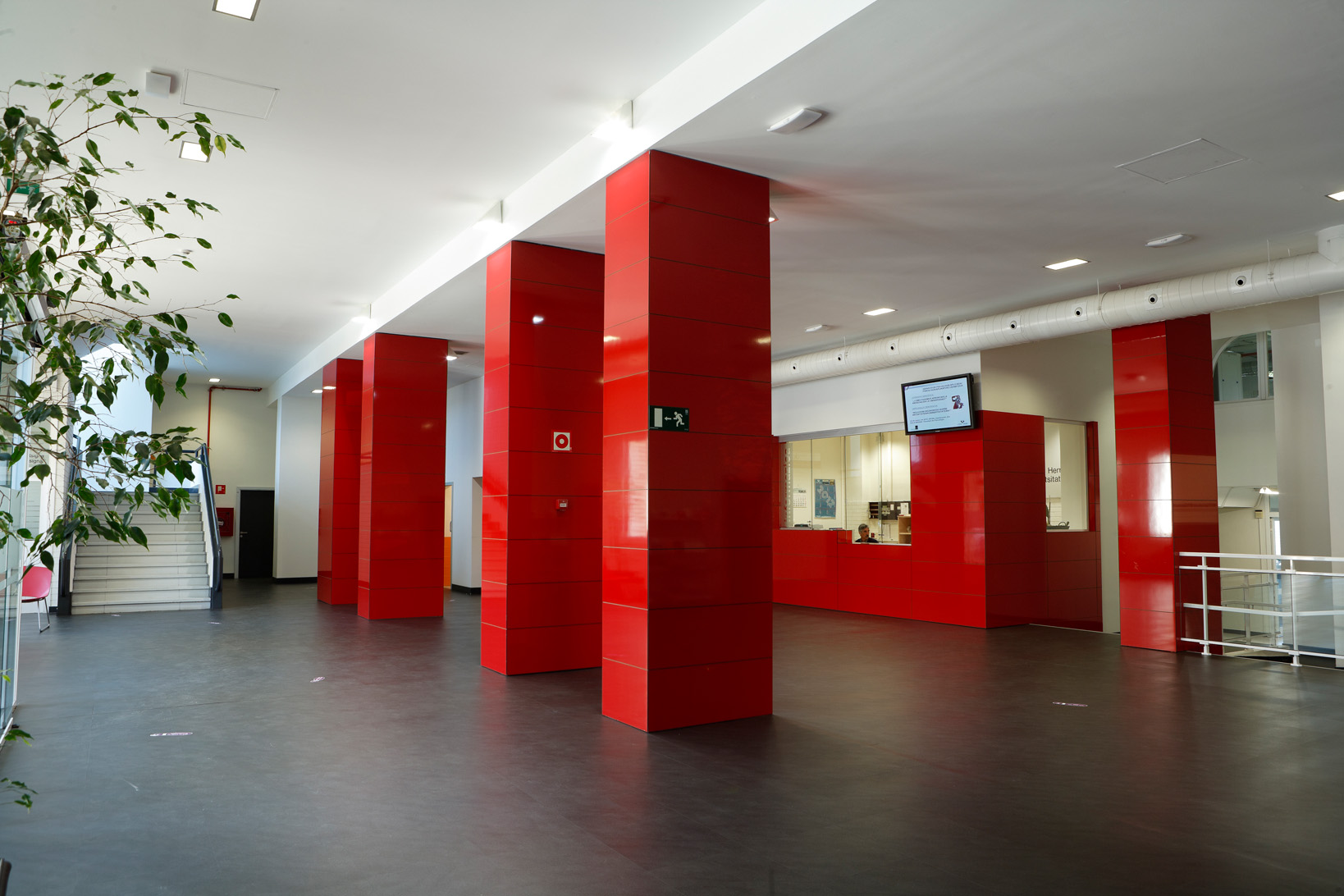Ezagutu UPV/EHUko Informatika Fakultatea
Fakultatea da erreferentziazko ikastegia informatikako eta adimen artifizialeko prestakuntza eta ezagutza teknikoa/zientifikoa jasotzeko.

Fakultatea da erreferentziazko ikastegia informatikako eta adimen artifizialeko prestakuntza eta ezagutza teknikoa/zientifikoa jasotzeko.
Lehenengo argitaratze data: 2024/06/18

Egilea: Daniel Franco Barranco
Izenburua: "Deep Learning for Bioimage Analysis: novel user- and developer-oriented approaches"
Zuzendariak: Ignacio Arganda Carreras, María Arrate Muñoz Barrutia
Eguna: 2024ko ekainaren 21ean
Ordua: 11:00h
Tokia: Ada Lovelace aretoa
Abstract:
"This dissertation delves into the merger of computer vision and machine learning, particularly deep learning, within bioimage analysis to advance scientific understanding in biological imaging. It emphasizes how computer vision, integral to AI, enables machines to analyze visual data with greater precision and efficiency, employing techniques like image processing and neural networks to enhance task accuracy, especially in complex visual recognition tasks. The work explores how these advances support life scientists in analyzing biological phenomena across varied scales and resolutions, offering tools that transform scientific challenges into breakthroughs.
A central focus is on the transformative impact of deep here on analyzing microscopy images of cells and organelles, addressing the challenges like lack of standard benchmarks and issues in reproducibility and data sharing by proposing stable deep learning models and benchmark datasets for mitochondria segmentation. This enhances model reliability and supports future research. Additionally, the thesis introduces novel domain adaptation strategies to improve model performance across diverse datasets without extra annotations, addressing issues of training specificity and facilitating better integration between different imaging modalities.
Another significant contribution is the MitoEM dataset, a comprehensive electron microscopy image collection designed to refine segmentation techniques and form the basis of an international challenge, pushing forward the bioimage analysis field. Furthermore, the thesis highlights the democratization of advanced techniques through the creation of BiaPy, an open-source library that simplifies bioimage analysis for non-specialists, integrating both traditional methods and sophisticated deep learning models.
Practical applications of BiaPy are showcased in real-world scenarios such as segmenting epithelial cysts and enhancing cell painting techniques. These applications demonstrate the library's utility in biological imaging and its potential to enable cost-effective research enhancements. Altogether, the dissertation underscores the significant potential of deep learning to revolutionize biological imaging and analysis, offering innovative solutions and foundational tools that meet current needs and anticipate future challenges in the field."